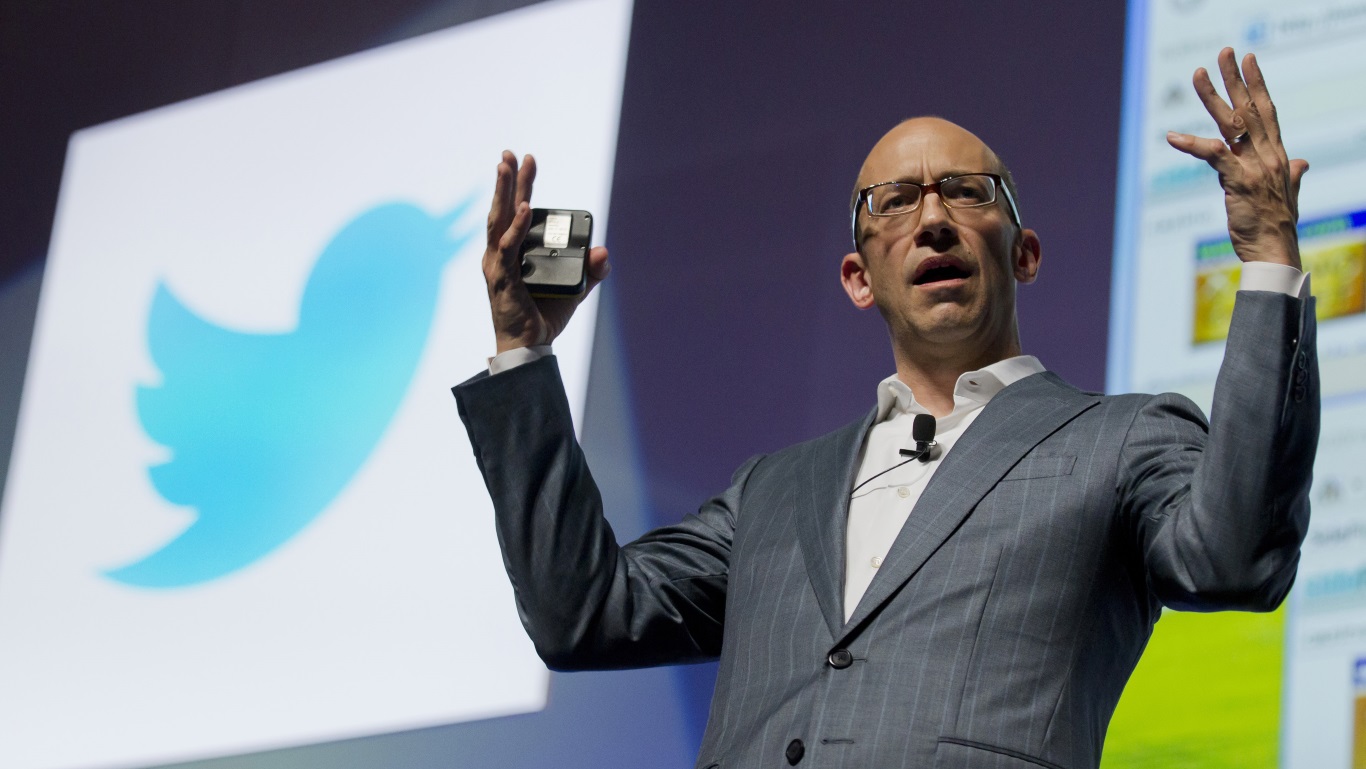 NEWS
NEWS
 NEWS
NEWS
 NEWS
NEWS
Twitter Announces Their FABRIC Developer Platform
On the occasion of Twitter’s Flight conference held last week in San Francisco, the company unveiled Fabric, a software development kit designed to help developers build, develop and monetize their mobile apps. The tool contains three parts: Twitter Kit, MoPub, and Crashlytics; all developer’s tool with easy ways to manage app logins, make money off ads, and test apps.
Developers: If you’re curious about what Fabric can do for you, keep reading for resources and links that will fulfill that curiosity.
What is Fabric
Fabric is a software development platform designed to create mobile applications. It is not an operating system itself, but a set of tools integrated with Twitter. Among these tools features a system for detecting errors in the code, automatic updates of the SDK, and scoring a platform for advertising applications built using Fabric.
The system is, of course, closely linked to Twitter, and includes tools to register with the social network accounts, compose new tweets, or adopt the native format of the social network. The idea is to make Fabric easier for developers to create applications, regardless of which operating system they adopt. The SDK is now free, and comes with Twitter Digits, a new service that allows developers to provide the phone number as the user registration application system built within the platform.
Twitter is advertising the development platform to help developers fix bugs, to monetize their inventions and better integrate with user profiles. The Fabric platform contains three modular kits that address stability, distribution, revenue and identity. All common issues that developers face while building mobile apps.
![]()
Fabric’s developer-centric tools
Fabric combines the services of Crashlytics, MoPub, Twitter and others.
The first one is Crashlytics (the tools obtained through recent acquisitions), which has developed a system to detect issues that are close unexpectedly apps. Twitter recall that applications with low ranking on the app stores have little impact among its users, and show the importance of correcting the failures that led to that position. Merged with Twitter in January 2013, Crashlytics is designed to facilitate the detection and correction of errors in applications. The social network claim that Crashlytics has identified more than 5.5 billion faults in the last 30 days.
Second part, the advertising comes with the MoPub kit, which provides the developer to display the advertising of the advertiser who has placed the highest bid. Twitter Kit is proposed to integrate tweets natively in the application, but you can dial and connect via Twitter IDs.
MoPub is the leading monetization platform for mobile app developers, designed to maximize ad revenue for apps through a single, comprehensive platform. Twitter says developers can serve ads you get directly from advertisers, work with multiple ad networks, and tap into thousands of high-quality advertisers. MoPub supports all major ad formats including banners, interstitials, video and native ads.
Finally, Digit is built on Twitter infrastructure to integrate multiple relationships with carriers and SMS interchanges. According to the team of social networking, rather than email addresses, phone numbers increasingly function as identifiers of people, especially in developing markets, where most of the owners of smartphones do not have an email. Digit allows you to enter the phone number to connect to an application instead of an email address and remember a password. SMS confirmation code is sent to the phone, then to enter the application for access.
How these tools work – the all-in-one Mobile SDKs
Most software development kits provide pages of instruction, often making them difficult to set up. Fabric tries to make the process simple. Fabric presents itself as an extension that developers can add to the iOS and Android development environment.
Developers then click the button and a dropdown appears with three different kit buttons: one for adding Twitter functions, another for analytics, and a third for attaching ads to the application. The developer can then select which features they need, the kit scans the code and provides the resulting code to insert.
Twitter explained that Fabric’s features are designed to enable developers to embed tweet capabilities within an app with just a few lines of code. And, if an app has a different aesthetic, it’s possible to control the colors and appearance of it within the app.
Additionally, Fabric solves the fragmented mobile SDKs by combining all seven of Twitter’s SDKs under one roof and organizes them into three Kits: the Crashlytics Kit, the Twitter Kit, and the MoPub Kit. The goal is to build products that are exactly the same on both iOS and Android platforms. Fabric is integrated with the IDEs you use, including Xcode, Eclipse, Android Studio and IntelliJ.
Twitter also offer a preview of NDK support in Crashlytics, so that Android developers who code in C/C++ can ship more stable apps.
Twitter’s open API
Twitter believes that Fabric also delivers a huge opportunity for those who want to develop for the Internet of Things. Twitter’s open API allows anyone to write an app that records data from sensors and translate the collected data into tweets to be posted on the social network. With Fabric, development of such apps would become easier.
The initiative represents a new business opportunity for Twitter, which currently includes the majority of its profits from advertising.
Twitter will be rolling out Fabric to the broader mobile developer community soon. Interested developers can sign off at dev.twitter.com/fabric to get on the list.
Support our mission to keep content open and free by engaging with theCUBE community. Join theCUBE’s Alumni Trust Network, where technology leaders connect, share intelligence and create opportunities.
Founded by tech visionaries John Furrier and Dave Vellante, SiliconANGLE Media has built a dynamic ecosystem of industry-leading digital media brands that reach 15+ million elite tech professionals. Our new proprietary theCUBE AI Video Cloud is breaking ground in audience interaction, leveraging theCUBEai.com neural network to help technology companies make data-driven decisions and stay at the forefront of industry conversations.